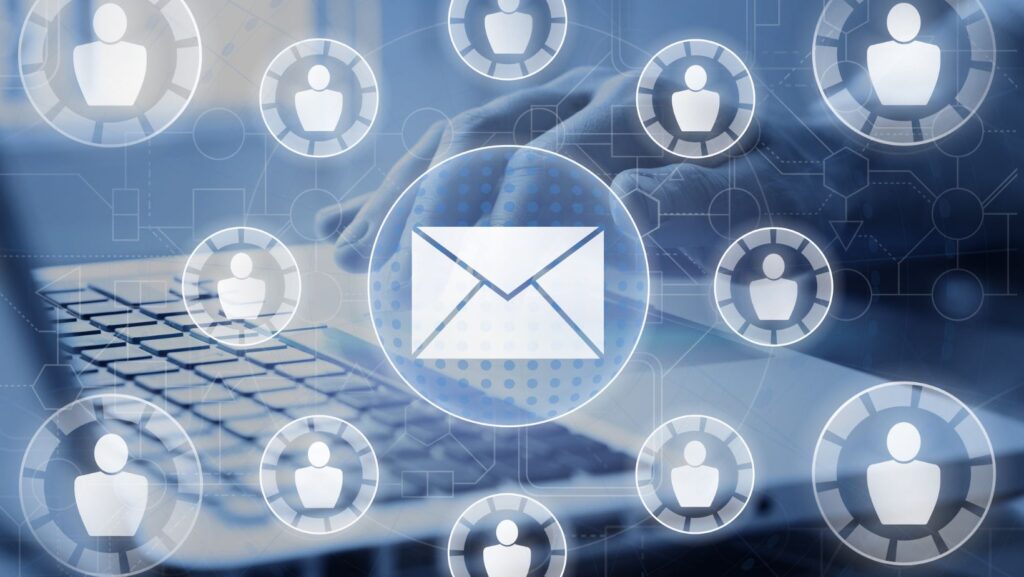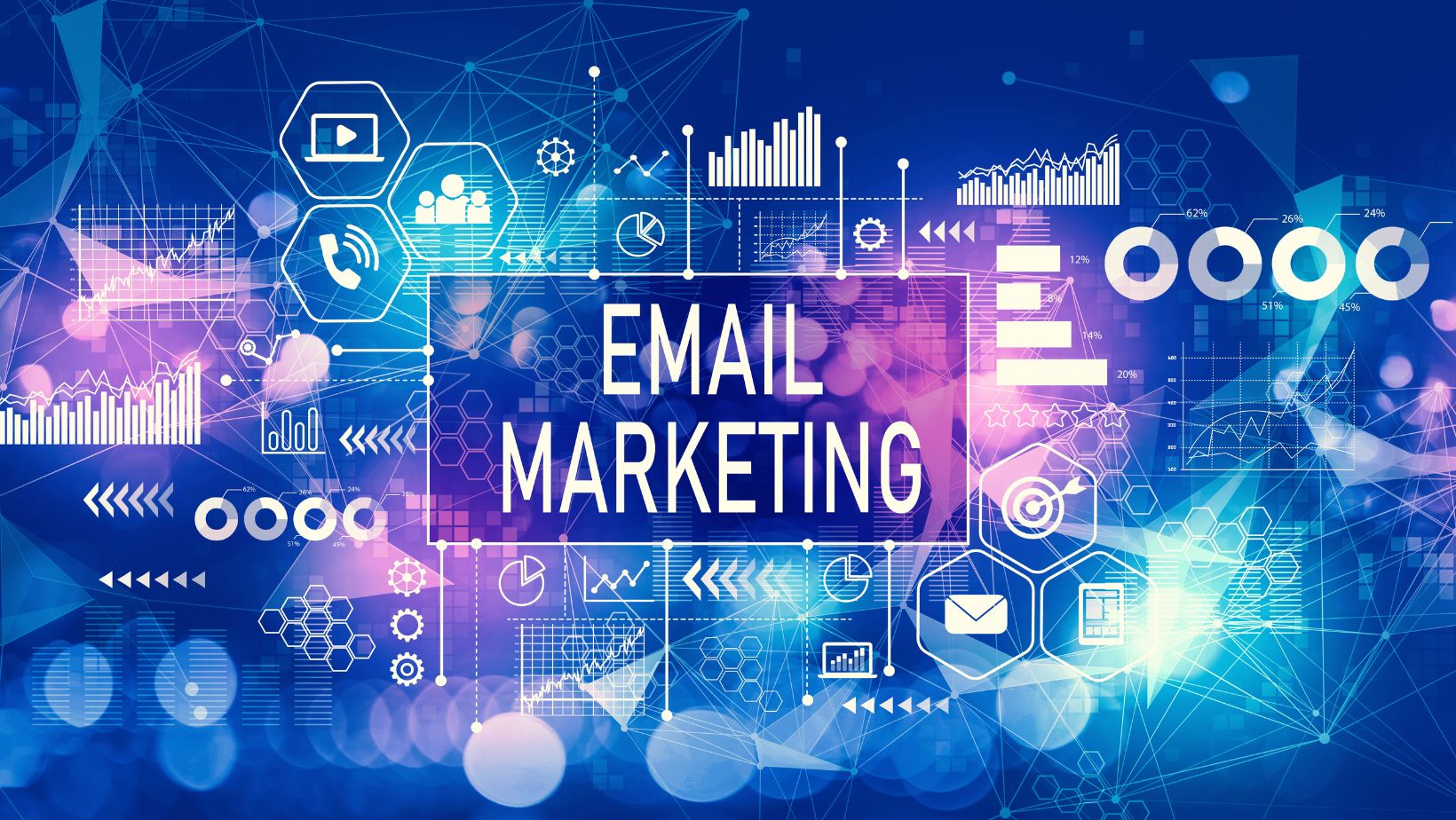
The power of email marketing is on the decline, and a more data-driven strategy offers brands a more in-depth evaluation of their potential with such efforts. For instance, one of the most powerful, cutting-edge developments from this new universe is called predictive analytics, allowing marketers access to understand customer tendencies to create better emails or increased engagement efforts. For example, predictive analytics can take past engagement and trending data from customer feedback and determine the best way to engage a certain demographic via email.
Predictive analytics does away with the guesswork. It tells you when to email, what copy will resonate best, and which customer segments are most likely to convert. When trends are observed and decisions are made in a vacuum, predictive analytics transforms the company culture of email marketing and makes sure that every single email dispatched is the best it can be.
Understanding Predictive Analytics in Email Marketing
Predictive analytics means assessing past performance based on machine learning and predictive statistical social trends to anticipate future results more accurately. It provides companies with projections and an understanding of trends, purchasing behavior, and generally how to use more effective revenue-driven efforts to make subsequent marketing campaigns more successful. For example, in the email marketing realm, predictive analytics is important for enhanced segmentation and personalization because it takes into account how customers interacted with the company and previous email efforts, items bought, sites visited, and segmentation efforts to determine how they might engage with future emails.
For example, predictive analytics gives marketers the ability to assess open rates, click rates, and conversion rates from previous campaigns to determine which subject lines are most appealing, which buttons are most clicked, and which format pieces work best with certain demographic segments. In addition, predictive modeling can assert the best time to send something so that it gets in the customer’s inbox during the time they’re most likely to open it. This continuous evaluation and analytical approach not only gives marketers a better sense of their effectiveness but also opens their eyes to even more micro-targeting and personalization opportunities in the future.
But predictive analytics goes beyond just altering a subject line or body during A/B testing. It’s good for retention, for figuring out when customers are going to leave. When companies understand certain at-risk actions better, like someone who hasn’t opened an email in the past week or two, although they’ve been opening every week prior, companies can more effectively send out those win-back emails to attempt to retain customers before they go. Furthermore, when companies understand customer lifetime value via predictive analytics, they can spend time and effort with the most efficient audiences and know who high-value demographics are to market to.
The longer a company retains information and gets better at sorting through it with predictive analytics, the more accurate forecasts are and the more adjusted and thus successful subsequent email marketing campaigns can be created based on generated feedback. The cycle only perpetuates better experiences for the consumer, greater brand allegiance, and more chances to convert. Predictive analytics is how companies go ahead of the competition; when it’s the right message sent to the right person at the right time, every single email can be detrimental.
Enhancing Email Personalization with Predictive Insights
Maybe one of the best pieces of predictive analytics is better email personalization. Generalized email blasts are essentially blasts that irritate people, and they either delete them or unsubscribe from companies that take such a large reach out to communicate with them. But with predictive analytics, companies have the behavioral data to ensure segmentation and targeting of expected sub-membership of all subscribers so that all non-members get the outreach they need to keep them engaged.
For instance, a digital storefront can analyze whether a customer is going to purchase something based on what they’ve looked at and purchased before. When such information is available and disseminated in the retailer’s e-commerce newsletter, the retailer can provide personalized recommendations for products offered at the appropriate time and seemingly needed for a person’s situation. Since this type of personalization exists, the sales conversion rate skyrockets, and customers enjoy feeling as if they are understood, making them brand loyal.
Optimizing Email Send Times for Higher Engagement
Email marketing is all about the right moment. An email campaign deployed at an inconvenient time means there’s a good chance the targeted reader won’t even open the communication. Tools to Improve Email Deliverability ensure that emails not only arrive at the right moment but also land in the inbox instead of the spam folder, maximizing engagement potential. People are too busy to want to take the time out of their day to read something. However, this is all remedied through predictive analytics, which shows through history documented when the optimum time will be for any one person to interact.
Companies can also schedule their campaigns with predictive analytics, as they learn when recipients are most likely to open and interact with them. For instance, some groups may appreciate a campaign email that goes out at 6 AM, while others may prefer an 8 PM campaign email. Thus, with AI-driven predictive analytics monitoring the effectiveness of emails throughout the day, companies can program when they should send their email blasts for optimal success.
Predicting Customer Churn and Re-Engagement Opportunities
Yet another application of predictive analytics comes from customers who are about to churn from email marketing. Naturally, people churn over time, but businesses can be aware of those who may be falling through the customer engagement cracks and stop them before they do. Decreased open rates, decreased click rates, increased time spent inactive, and increased unsubscribe rates are all examples of key performance indicators that would suggest customer churn. However, email marketers can avoid it with the information by sending proper re-engagement campaigns to those on the verge of disconnecting from the brand at that moment.

For example, an online subscription service can discover over time what people do and thus predict who might be on the cusp of churning. A subscriber who opens emails frequently and places items in the cart but has failed to engage in the past week or two can be analyzed via predictive analytics to formulate a negative debugging experience. Through machine learning, the chance of churning is assessed and an automated campaign goes out based on past behavior to re-engage the subscriber. It can be a limited-time sale, a special early access to any bonus features, suggestions based on what else they looked at, or a gentle reminder of what they’re going to lose if they continue to remain non-active.
In addition, the ability to predict means that brands can microsegment at-risk customers based on a host of qualifiers from what they’ve purchased before to how long they’ve watched and engaged. This microsegmentation makes for highly tailored communication. For example, those who purchased a particular item frequently might receive an email about all the other related products they’ve purchased; those who’ve stared at it for a long time, never purchasing, may receive a thank you for staring for so long with an attempt at re engagement with a discount.
But it’s not just about improving offers, though. Brands can use predictive analytics to change send cadence and times, too. For example, if data indicates that someone is on the verge of unsubscribing because they receive too many emails, the program will automatically decrease email sends to a spaced or avoided cadence based upon this behavior prediction. But if someone remains inactive for too long, the program can push a re-engagement campaign at the optimal time when the subscriber may wish to re-engage.
Employing such predictive analytics gives firms the opportunity to create dynamic, efficient email marketing efforts that decrease customer turnover and enhance the overall customer experience. In a world filled with digitally inclined potential customers, having the ability to foresee disinterest and intervene before a customer leaves for good is invaluable. Over time, such retention strategies enable firms to cultivate a better relationship with their intended audience. Thus, this promotes better marketing strategies and customer retention.
Improving Email Subject Lines and Content with AI-Powered Predictions
The first line of an email or the email title will allow a person to open the email or send it straight to the delete option. Thus, with predictive analytics, that second option is what accumulates the trends of the past of either opening or successfully not opening and, with the suggestions of AI, allows for the optimal creation of title, tone, and formatting of the email subject line.
For example, AI reviews thousands of email campaigns and learns what words and phrases lead to engagement. So marketers know what words to put in subject lines to increase the likelihood of being read. Similarly, predictive analytics reveals that certain content videos, blog links, and quizzes tend to resonate more based on users’ prior experiences. Therefore, every email can have content that the original recipients loved the first time, making conversion easy.
A/B Testing and Continuous Optimization with Predictive Analytics
Where email marketing A/B testing recommends what to test over time via a process of deduction, predictive analytics discovers patterns that may never be found at all. It recommends what to test but in a predictive fashion whereas information recommends otherwise after enough time passes.
For instance, predictive analytics can assess all the subject lines, calls to action, and placements to determine which versions might be best. Then, when the campaign launches, machine learning can modify future emails on the spot based on analytics. Such on-the-spot adjustments give a firm a better grasp of what it did in email marketing or negates any assumptions entirely.
Leveraging Predictive Analytics for Long-Term Email Strategy
While having predictive analytics will give a company an edge, the process of getting there will be more beneficial in the long run. By constantly evaluating such data over time to conform to email marketing best practices, a company will be able to execute campaigns that shift as rapidly as customer engagement does.
For example, a retailer can use predictive analysis to discover shopping trends during certain seasons and adjust email marketing efforts. If, for example, a customer knows in advance that they will be purchasing category A instead of category B, the follow-up email campaign can provide assistance in purchasing category A. When companies aggregate this information over time and adjust, they can better engage their customers, improve customer loyalty, and facilitate the highest return on investment.
Enhancing Lead Scoring and Email Targeting with Predictive Analytics
Another key component of prediction is lead scoring, which enables a company to ascertain which prospects might be more high quality and thus email worthy sooner rather than later. By assessing behavior, past email engagement, and demographic information, companies can assess and receive scoring on which leads bubble to the top.
For example, a SaaS company could use predictive analytics to determine which leads are likely to sign up for its service based on previous interactions with its marketing email verbiage. Those who open emails, click links, and engage with product-related emails would get a higher score, allowing the sales team to understand which leads are better to follow up with. Therefore, the email campaign is more focused to ensure resources aren’t wasted in the first place for potential conversion.
The Future of Email Marketing with Predictive Analytics
Email marketing is a more calculated, accurate, and effective practice thanks to predictive analytics. Organizations leveraging this technology cultivate an idea of what prospective customers want from their campaigns personalization, optimal send times, and goal expectations.

In addition, email marketers are not guessing. Armed with this amazing tool, they can guarantee increased engagement, decreased churn, and increased conversion.
But as AI and machine learning evolve, the predictability of analytics becomes more reliable, and companies can take their email marketing strategies even further. Predictive analytics will guarantee that companies will always be one step ahead with better access to customer relations in an increasingly digital communication world, which is necessary for successful progression.










